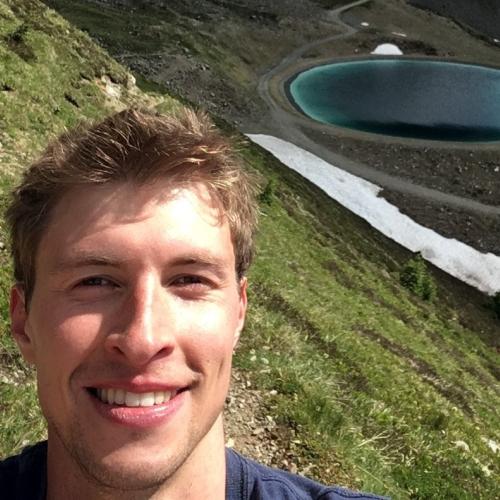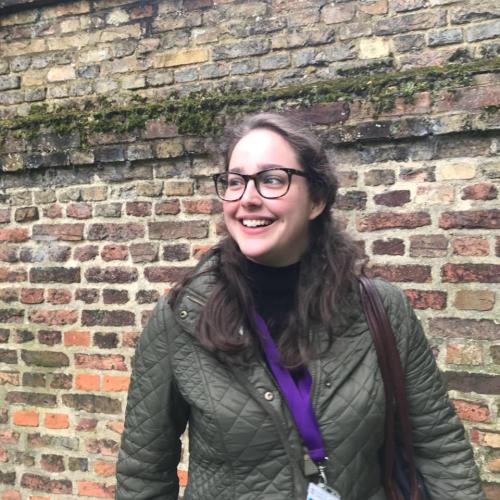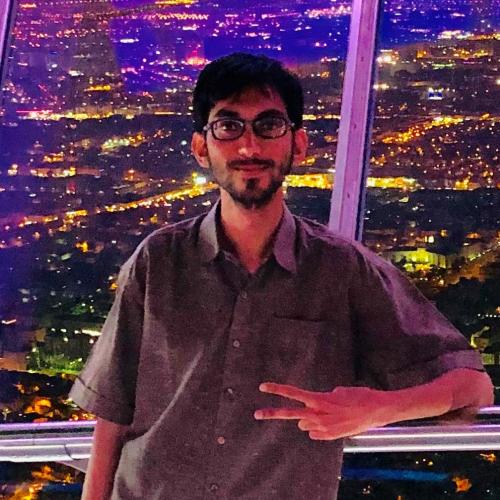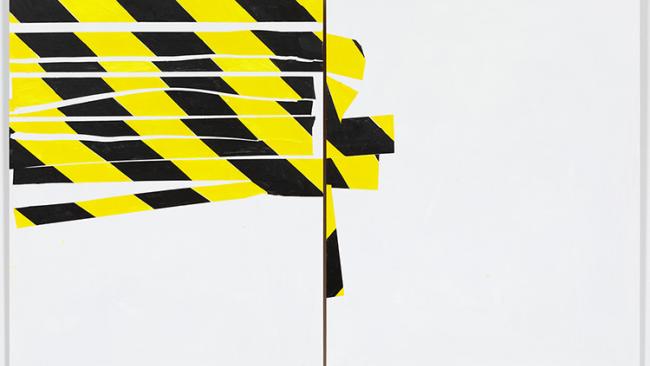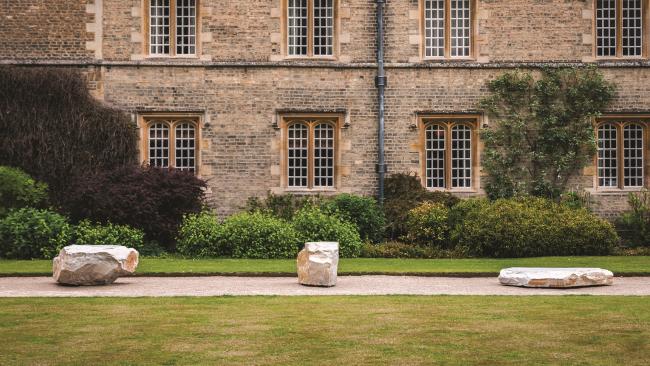
Lucy Skaer
Work exhibited: American Images.
Lucy Skaer’s three quarried blocks of limestone are eloquent on several levels. Their presentation and arrangement as sculpture are dependent on their unsculpted appearance. In this condition, they force us to think of their point of origin, in the very recent past when they were quarried from a location whose specificity is key to their meaning: Lithograph City in Iowa.
The stone was formed about 400 million years ago during the Devonian period, in what is now the Cedar River Valley. Close inspection shows its finegrained texture and almost complete absence of fossils.
The evident lack of what geologists call ‘bioturbation’ in the stagnant pools where it sedimented gives it a peculiar density and smoothness dictating its modern use as a material for lithographic printing.
The stone and its quality were discovered in 1903, but quarrying began only during the First World War when the embargo on German products deprived the printing industry of the Solnhofen limestone used almost exclusively in the lithographic process. A town sprang up, but after the development of metal printing plate technology its prosperity was shortlived.
Lithograph City is now a ghost town. Its quarry has been repurposed to provide aggregate, mainly for road-building, but there is a sense in which the stone quarried there is now ghost stone: haunted by the memory of another potential, the potential to bear words and images.
During its busiest period Lithograph City supplied the means of printing official documents, property deeds and banknotes. American Images has been shown at Yale Union in southeast Portland (Oregon) where the Curator, Hope Svenson, invited viewers to consider that "most rocks can’t print cheques and deeds, most rocks can’t designate value".
The stones selected by Lucy Skaer have escaped being used for any of these symbolic transfers of meaning, but their blankness allows them to relay any number of meanings and values, depending on the context within which they are placed, depending on the part they are made to play within a given system of signs and relations. In an art exhibition they are bearers of cultural capital, but they trail behind them an inordinately long history of associations and are ghosted by yet other histories they have escaped only by chance.
Skaer’s delicacy in balancing choice and chance, a delimitation and an openness of meaning, an inevitability and an arbitrariness of capture, is what makes these works at once so informative and so beguilingly elusive.
